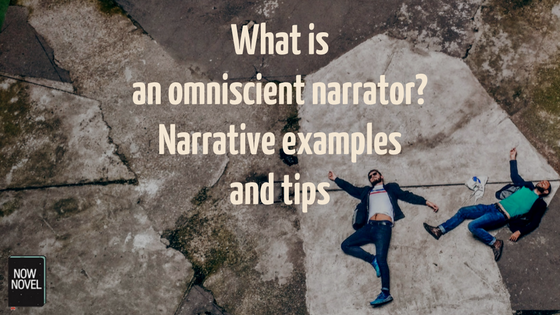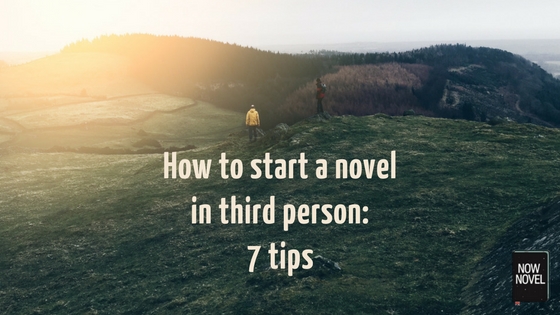Narration and viewpoint are two complex but important aspects of writing craft. Showing your reader the world through your characters’ eyes builds immersion. Learn how to write deep POV with a definition, plus tips and examples that illustrate why this is an effective option for bringing readers closer to your characters:








